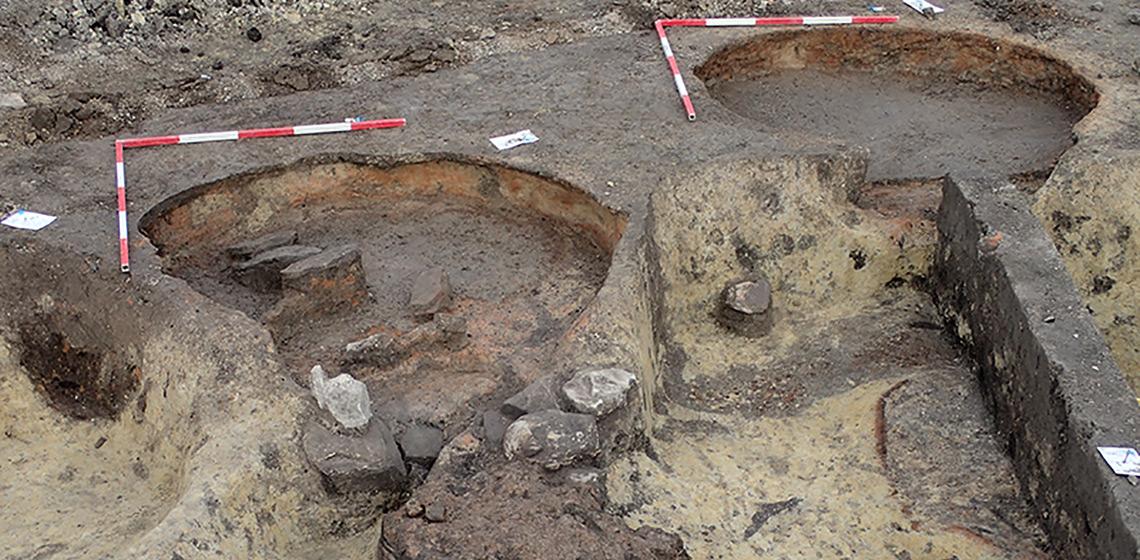Magyar Nemzeti Múzeum - Nemzeti Régészeti Intézet (HU)

The Hungarian National Museum was founded in 1802 and is the national museum for the history, art and archaeology of Hungary. It’s collections, exhibitions and affiliates present an overall view of the archaeology and history of the country.
Until 2022 archaeological research, excavation work and presentation were assigned to two separate units within the National Museum. One of these was the Department of Archaeology, which conducts excavations and research of outstanding national significance (like for eg. Vértesszőlős, Kölked-Feketekapu, Heténypuszta, Zalavár, Doboz, Feldebrő, Gyula Castle, etc.). In addition to their research, the members of the department take part in university teaching and in the organisation of scientific life.
From 1st of April 2018, under the Act LXV of 2001 on the Protection of Cultural Heritage, preventive archaeological tasks preceding large-scale investments are coordinated by the Archaeological Heritage Protection Directorate of the Hungarian National Museum. Through its activities, it facilitates communication, contracting, and compliance of deadlines between investors and county museums. It also coordinates excavation scheduling, available activity and capacity, concealment options based on construction plans and provides capacity for other museums when needed. Besides the major preventive archaeological tasks an outstanding work has been achieved in Cultural Heritage protection and management including participations in several international projects.
1st of January 2022 saw the unification of these two archaeology related units of the museum into the so called National Institute of Archaeology of the Hungarian National Museum. Its task is to combine and coordinate all archaeology related activities from major scale preventive and rescue work to research centred excavations, presentations, and investigations including experimental archaeology. The National Museum among its many affiliates had been managing two famous open-air exhibitions of Hungary at Vértesszőlős and Baláca. With the establishment of the new Department of Experimental Archaeology and Innovation the primary aim is to integrate experimental archaeology, living history and open-air museums among the reformed research fields and public outreach of the National Museum.
